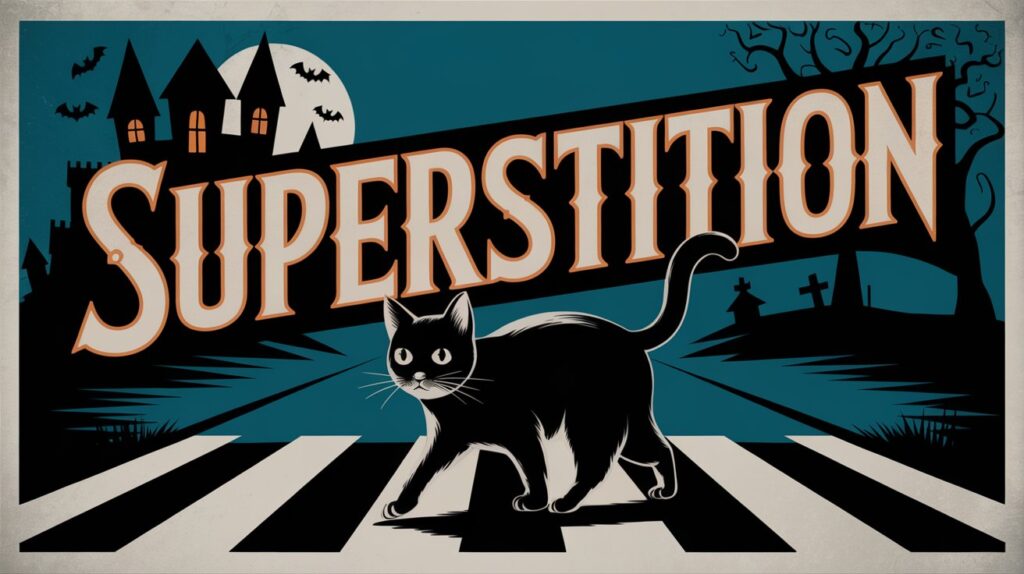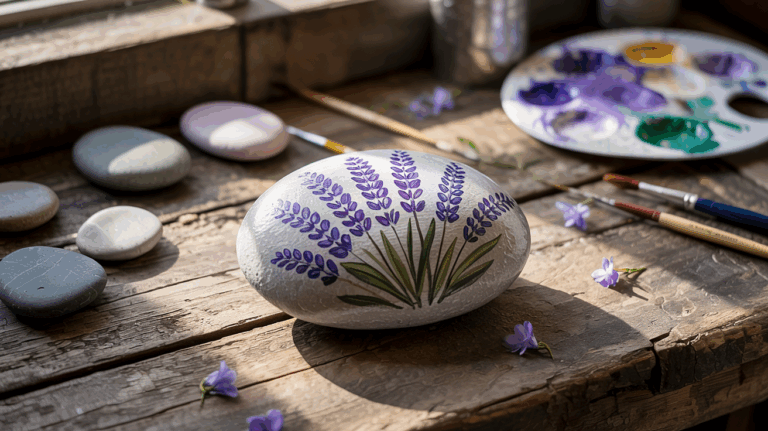Many people worldwide still believe that broken mirrors bring bad luck, or that walking under ladders leads to misfortune.
These beliefs, passed down through generations, affect daily decisions and behaviors in communities across different cultures.
This essay collection shows you the facts behind common superstitions, examining their historical roots and their ongoing influence in today’s society. You’ll learn why some customs persist and how they shape human behavior.
In these essays, we’ll look at various superstitions from different cultures, trace their origins, understand their psychological impact, and see how education and scientific knowledge affect these beliefs.
We’ll also examine why some people hold onto these beliefs despite contrary evidence.
Essay #1
Have you ever knocked on wood for luck or avoided walking under a ladder? These are superstitions – beliefs that certain actions or signs bring good or bad fortune, despite having no scientific support. Even in our modern world, these old beliefs continue to shape how many people think and act. This essay explores why superstitions exist, how they spread through society, and what effects they have on our daily lives.

Superstitions began thousands of years ago when early humans tried to make sense of their world. In ancient Egypt, people wore special charms to protect against evil spirits, while Romans studied animal behavior to predict future events. These early beliefs formed because people needed ways to explain natural events they couldn’t understand, like storms, illness, or death. Different societies developed their own unique superstitions. In China, the number 4 is considered unlucky because it sounds like the word for death, while many Western cultures fear the number 13.
African traditions often involve beliefs about spirits in nature, and Indian culture has many practices tied to bringing good fortune, like hanging lemons and chilies outside homes. History shows how these beliefs shaped major events. During the Black Plague in Europe, many people blamed black cats for spreading bad luck and disease, leading to the widespread killing of cats – which ironically allowed disease-carrying rats to multiply. In medieval times, people believed that sneezing released evil spirits from the body, leading to the practice of saying “bless you” – a custom that continues today.
People often turn to superstitions when they feel they lack control over their lives. Students might wear a “lucky” shirt during exams, while business people might carry specific items during important meetings. These habits help people feel more confident when facing uncertain outcomes.
Our brains are designed to find patterns, even when they don’t exist. When something good happens after a specific action, people might believe the action caused their good fortune.For example, if someone wins a game while wearing particular socks, they might start believing those socks bring luck. This is called confirmation bias – people remember when the pattern “works” but forget when it doesn’t. Fear plays a big part in keeping superstitions alive. When people feel scared or worried, they’re more likely to believe in and follow superstitious practices.
During difficult times like economic problems or health crises, many people turn to these beliefs as a way to cope with their anxiety. The more frightened or uncertain someone feels, the more comfort they might find in following certain rituals or avoiding specific “unlucky” actions.
Superstitions spread naturally within families and communities. Parents teach their children to avoid certain behaviors, like stepping on cracks in the sidewalk, and these habits get passed down through generations. Schools, neighborhoods, and social groups also share these beliefs, making them part of everyday culture. These beliefs can strongly affect how people live their daily lives. Some people refuse to start new projects on Friday the 13th, while others plan weddings based on “lucky” dates.
In many Asian countries, buildings skip the 4th floor in their numbering system because of beliefs about bad luck. These choices show how deeply superstitions can influence both personal and business decisions. Movies, books, and TV shows often use superstitions to tell stories. Horror films frequently include broken mirrors, spilled salt, or black cats as signs of coming trouble. Social media spreads chain messages promising luck if shared and bad fortune if ignored. These modern forms of entertainment keep old superstitions alive and sometimes create new ones, especially among younger people who might learn about these beliefs through screens rather than family traditions.

Science and superstition often tell different stories about the same events. While superstitions might blame bad luck on a black cat crossing your path, science looks for real connections between causes and effects. For example, walking under a ladder isn’t unlucky – it’s simply unsafe because tools might fall or the ladder could tip over. Research has proven many common beliefs wrong. Studies show that Friday the 13th has no more accidents or bad events than any other day. Breaking a mirror doesn’t bring seven years of bad luck – this myth started when mirrors were very expensive, and breaking one meant a real financial loss. Tests of lucky charms show they don’t improve test scores or sports performance – confidence and preparation make the real difference.
Believing too strongly in superstitions can hold people back. Someone might miss good job opportunities because they’re waiting for a “lucky” day to apply. Others might spend money on charms or rituals instead of taking practical steps to solve problems. These beliefs can also create unnecessary worry – like feeling anxious all day because you saw the “wrong” kind of bird in the morning. When people rely too much on superstitions, they might stop looking for real solutions to their challenges. Even with all our modern technology and knowledge, superstitions remain part of daily life. Many hotels still skip the 13th floor, athletes keep their game-day habits, and brides follow the “something old, something new” tradition. While people might joke about these beliefs, they often still follow them “just in case.”
Common superstitions pop up everywhere in daily activities. People toss salt over their shoulders after spilling it, make wishes on shooting stars, and say “bless you” after sneezing. Many avoid walking under ladders or opening umbrellas indoors. Houses are built without the number 13, and some airlines skip row 13 in their planes. These beliefs can affect important life choices. Some people delay signing contracts or starting new jobs based on “unlucky” dates. Couples might plan weddings around supposedly lucky days, sometimes paying more or changing venues to get these dates.
In business, particularly in countries like China and Japan, companies consider number-related superstitions when pricing products or choosing office locations. Even people who claim not to believe in superstitions might feel a small twinge of worry when a black cat crosses their path.
Superstitions have been with us since ancient times, shaping how people think and act across cultures. While science has explained many mysteries that once fed these beliefs, superstitions continue to influence our modern world. As we move forward, better education and critical thinking can help people understand the difference between helpful caution and unfounded fears. Yet the human desire to find meaning in random events suggests that some form of superstitious thinking will likely always be part of our lives.
Essay #2
Superstitions are beliefs or practices that people link to luck and coincidence without any scientific basis. These beliefs often connect unrelated events, like thinking something bad will happen because a black cat crossed your path. People have held these ideas for hundreds of years, treating them as unwritten rules that control good and bad fortune. Many see superstitions as a way to make sense of things they can’t explain. For instance, some people knock on wood to prevent bad luck, while others avoid walking under ladders. These practices exist in every culture, from avoiding the number 13 to carrying lucky charms. Despite having no scientific proof, these beliefs remain strong because they offer a sense of control over life’s uncertainties. They give people a feeling that they can influence their fate through simple actions or by avoiding certain situations.
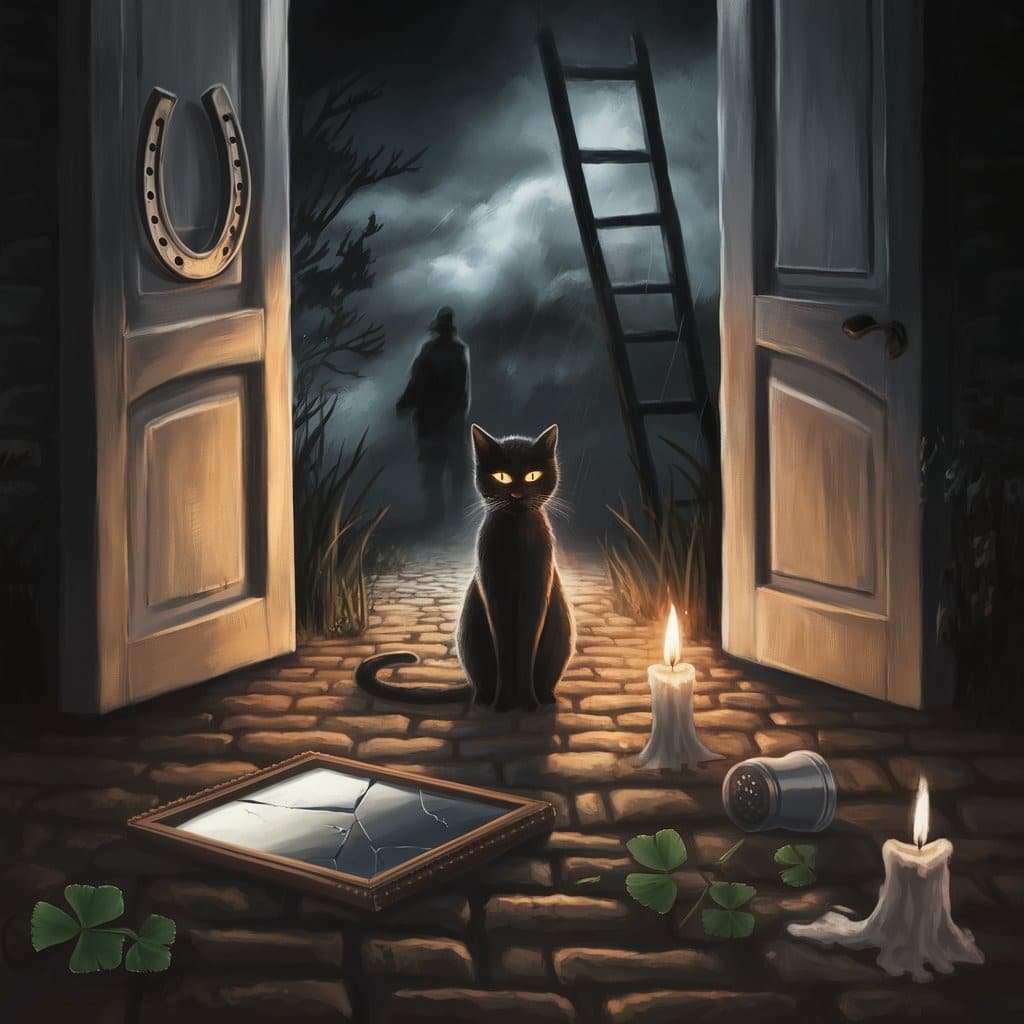
Superstitions appear in many forms across different cultures and societies. Here are some well-known examples that show how widespread these beliefs are:
Numbers and Luck: Many cultures have specific beliefs about numbers. In Western countries, 13 is considered unlucky, while in some Asian countries, the number 4 brings bad fortune because it sounds like the word for death in several languages.
Daily Activities: Simple actions often carry superstitious meaning. Breaking a mirror supposedly brings seven years of bad luck. Opening an umbrella indoors might spell trouble. Spilling salt requires throwing some over your shoulder to avoid misfortune.
Animals and Signs: Different cultures attach special meanings to animal behavior. A black cat crossing your path holds different meanings worldwide. Some see owls as messengers of bad news, while others consider seeing certain birds as good signs.
Personal Practices: Many people follow personal rituals for luck. Athletes might wear specific items during games. Students often carry lucky pens during exams. Some people always use the same numbers for lottery tickets.
Superstitions have roots that stretch back to early human societies. When our ancestors couldn’t explain natural events like storms, earthquakes, or diseases, they created beliefs to make sense of these occurrences. Ancient civilizations played a key role in forming many superstitions we know today. In Ancient Egypt, cats were seen as sacred animals, leading to beliefs about their mystical powers. The Romans believed that breaking mirrors brought bad luck because they thought mirrors held pieces of our souls. The Middle Ages strengthened many superstitious beliefs. During this time, people blamed bad luck and illness on witches and evil spirits. The fear of the number 13 grew stronger during this period, partly because of religious associations – there were 13 people at the Last Supper, and Judas, who betrayed Jesus, was the 13th guest.
Scientific understanding has explained many phenomena that once seemed mysterious. However, these old beliefs continue to influence modern thinking. Even as education spreads, superstitions persist because they offer:
- Simple explanations for complex events
- A sense of control in uncertain situations
- Connection to cultural heritage
- Comfort in following traditional practices

Science today helps us understand many things that people in the past thought happened because of magic or luck. When something strange occurred, people often believed supernatural forces were responsible. Now, we can explain many of these events with facts and research. Scientists have studied why people believe in superstitions. They found that these beliefs often start when two things happen at the same time by chance. For example, if someone wears a special shirt and does well on a test, they might think the shirt brought them luck. But they might not notice all the times they wore the shirt and nothing special happened.
Studies show that believing in lucky objects can help people do better at tasks, but not because of magic. Instead, these objects make people feel more confident. When people think they have luck on their side, they often try harder and feel more sure of themselves. As more people learn about science, they begin to understand the real reasons behind things that once seemed magical. However, just knowing the scientific facts doesn’t always change what people believe. Even people with advanced degrees sometimes keep their superstitious habits, even though they know science suggests otherwise.
Many modern people find ways to accept both science and old beliefs in their lives. They might understand the scientific explanation for something but still follow traditional practices passed down through generations. They see these two different ways of thinking as complementary rather than conflicting. This shows how people can hold multiple viewpoints about how the world works while still respecting both old and new ideas.
Superstitions remain a significant part of human culture, showing how people try to make sense of their world. While science explains many mysteries that once sparked these beliefs, superstitious practices continue to influence daily life across different societies. Understanding superstitions helps us see how humans cope with uncertainty and seek control over their environment. These beliefs, though not scientifically proven, serve important psychological and cultural functions for many people. Looking ahead, superstitions will likely continue to exist alongside scientific knowledge. Rather than dismissing them entirely, we can understand them as part of human nature and cultural heritage. They remind us of our shared history and the universal human desire to find meaning in life’s events.
Essay #3
Every culture has beliefs that shape daily life. In Japan, people avoid the number 4, while in Brazil, walking backward brings bad luck. These practices remain strong in today’s world. This essay shows how different societies keep their traditional beliefs alive in modern times. By looking at examples from Asia, the West, and Africa, we’ll see why these customs matter to communities. We’ll examine key superstitions from each region and how they affect people’s lives today, especially as younger generations balance tradition with modern thinking.
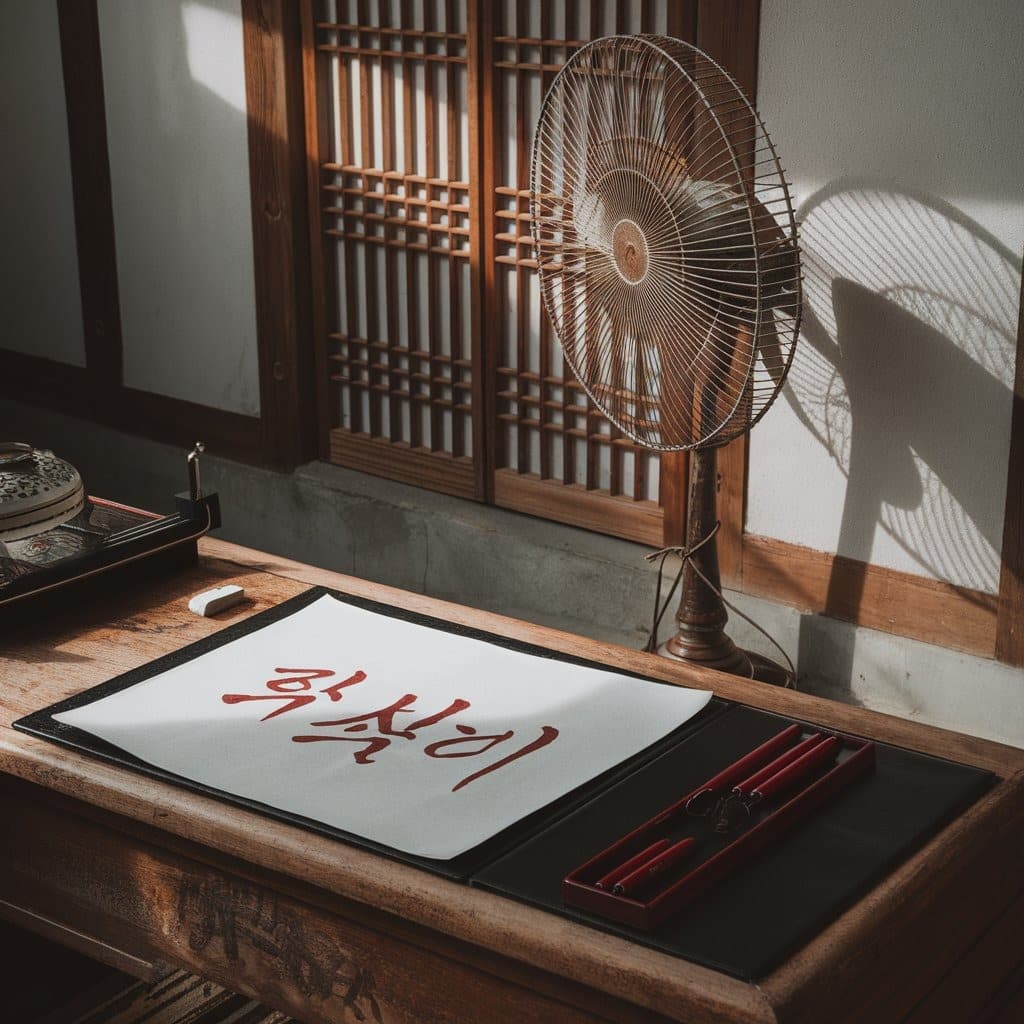
In Asian countries, traditional beliefs deeply influence daily life decisions, from home design to business practices. These customs reflect centuries-old wisdom and cultural values that continue to shape modern society.
Chinese Traditions: In Chinese culture, numbers carry strong meanings. The number 8 brings good fortune because it sounds like the word for wealth. Many people pay extra for phone numbers or addresses containing 8. However, the number 4 is avoided because it sounds like the word for death. Buildings often skip the fourth floor, similar to Western buildings omitting the 13th floor.
Japanese Customs: Japanese traditions include specific beliefs about gift-giving and items to avoid. Giving sets of four or nine items is considered unlucky. Many Japanese people avoid sticking chopsticks straight up in rice, as this reminds them of funeral rituals. They also pay attention to the direction they sleep, avoiding facing north as this position is associated with how the dead are laid to rest.
Korean Beliefs: In Korea, writing names in red ink suggests death. Many Koreans avoid giving red writing tools as gifts. Another common belief involves fans in closed rooms – some older Koreans believe sleeping with a fan running in a closed room might be dangerous.
Southeast Asian Practices: In Thailand, people consider the head sacred and feet unclean. Touching someone’s head or pointing feet at sacred objects is seen as disrespectful. In Vietnam, sweeping during New Year celebrations might sweep away good luck.
Western cultures have their own set of beliefs that influence daily behaviors and decisions. These practices vary across countries but share common themes about luck and fortune.
British and American Beliefs: Walking under ladders brings bad luck, a belief dating back to medieval times when the ladder formed a triangle with the wall – a shape considered sacred. Breaking mirrors causes seven years of bad luck, while finding pennies brings good fortune. Many people still say “bless you” after sneezes, a custom from ancient beliefs about protecting the soul.
European Traditions: In Italy, spilling salt means bad luck, but throwing some over your left shoulder fixes it. French people avoid placing bread upside down on tables – a custom from when executioners claimed upturned bread. Germans toast with eye contact to avoid years of bad luck.
Mediterranean Customs: Greeks believe Tuesday the 13th brings bad luck, not Friday. They also think spring cleaning before the new year sweeps out good fortune. In Spain, eating twelve grapes at midnight on New Year’s Eve brings good luck for each month ahead.
Irish Folk Beliefs: Irish traditions warn against disturbing fairy rings (mushroom circles in fields) and putting new shoes on tables. They see birds flying into homes as possible signs from passed loved ones.
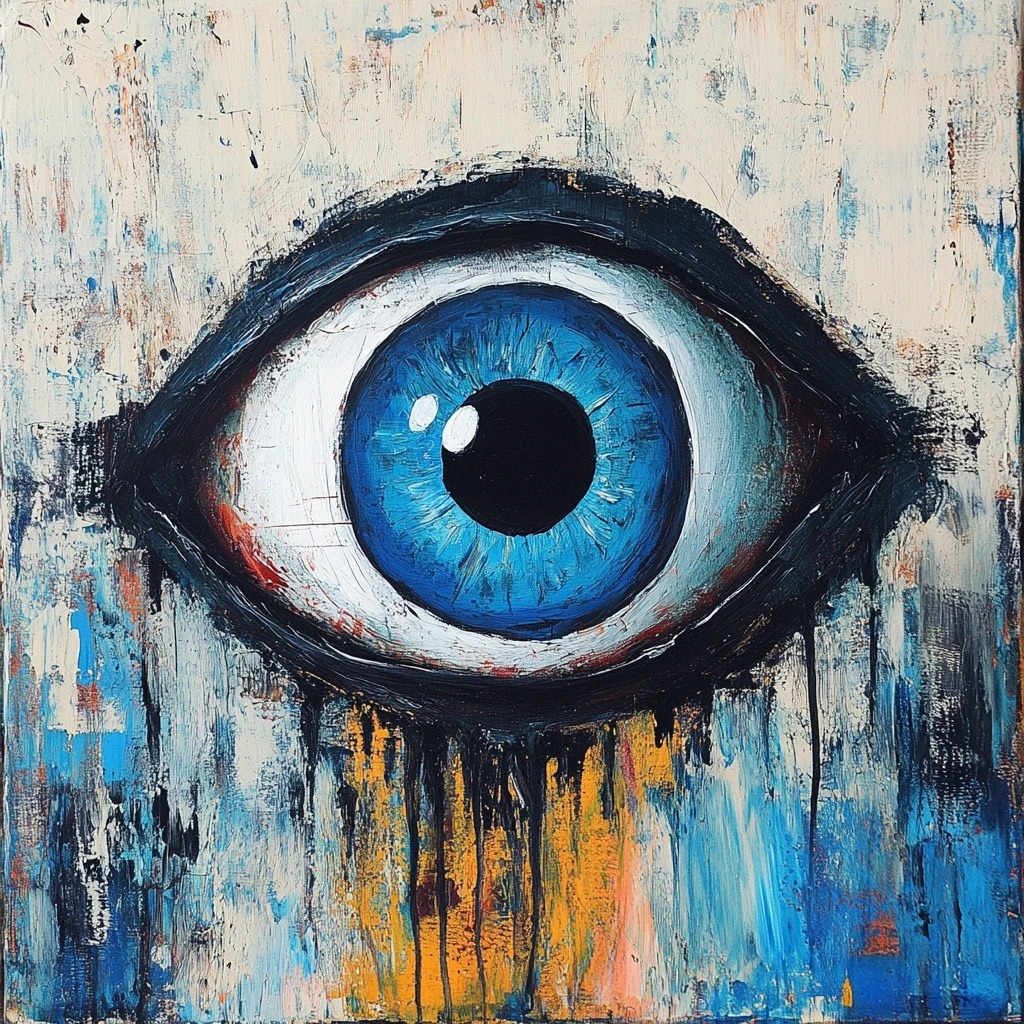
African cultures maintain rich traditions and beliefs that connect communities to their ancestors and natural world. These practices remain strong across different regions of the continent.
West African Beliefs: In Nigeria, the Yoruba people see owls as signs that require attention. Many West Africans respect certain trees as homes for spirits, leaving offerings near them. In Ghana, people avoid whistling at night, believing it calls unwanted spirits.
Southern African Customs: In South Africa, many people consult traditional healers before making important decisions. Some communities believe certain birds bring messages from ancestors. In Zimbabwe, some people avoid eating food at night in others’ homes without permission, fearing it might carry bad luck.
East African Practices: Kenyan communities often have specific beliefs about rain. Some think washing cars by hand brings rain. In Tanzania, some groups avoid cutting hair or nails at night. Ethiopian traditions include specific rules about coffee ceremonies and their meaning.
North African Traditions: Egyptian families often hang blue beads to protect against the “evil eye.” Moroccan customs include specific beliefs about threshold crossings – many people step in with their right foot first for good luck.
Central African Customs: In Congo, many believe twins hold special powers. Some communities have specific rules about meal times and sharing food. Making important decisions without consulting elders might bring misfortune.
The relationship between traditional beliefs and modern life shows fascinating patterns of adaptation and preservation. While technology and education advance, many cultural practices continue to influence daily decisions and behaviors. Online platforms now spread traditional beliefs faster than ever, allowing people worldwide to share and learn about different cultural practices. This digital sharing creates new ways for customs to survive and sometimes blend across cultures.
In the business world, companies often respect and adapt to local beliefs in their operations. This practical approach shows in building designs, product numbering, and service offerings. From Asian companies avoiding certain numbers to Western airlines skipping specific row numbers, these practices demonstrate how traditional beliefs remain relevant in modern commerce. Young people today often find themselves creating a balance between old and new. While they might not fully embrace all traditional superstitions, many keep certain practices out of respect for family traditions or cultural identity. This selective preservation helps maintain cultural connections while adapting to modern life.
Even with increased scientific understanding, many educated individuals maintain certain cultural beliefs. They might use modern technology to check favorable dates while still following traditional customs. This combination of old and new approaches shows how cultural beliefs adapt rather than disappear in our changing world.
As societies change, cultural beliefs adapt but don’t disappear. The internet helps people learn about beliefs from other cultures, creating better understanding between different groups. People now often adopt practices from other cultures that match their values. Many communities work to protect their traditional beliefs by teaching young people the meaning behind customs, helping these practices stay alive. Parents share stories and explanations about family traditions to maintain these connections through generations.
Some beliefs change to fit modern life, with people adjusting old customs to work with new technology or busy schedules. These changes help traditions stay meaningful in today’s world. More people now see cultural beliefs as ways to stay connected to their heritage rather than strict rules. They value these practices for their cultural meaning while understanding the scientific view of events. This balance between old and new shows how cultural beliefs can remain important even as societies progress.
Cultural superstitions show us how different societies make sense of their world. From Asia to Africa, from ancient times to today, these beliefs connect people to their heritage and communities. While some might view these practices as old-fashioned, they continue to influence modern life in meaningful ways. Looking at beliefs across cultures helps us understand how people think and behave in different parts of the world. These customs, passed down through generations, remain important even as societies become more connected and technologically advanced. Young people find new ways to keep traditions while adapting to modern life. As we move forward, cultural beliefs will likely continue to change and adapt. Yet their basic role – helping people feel connected to their roots and communities – stays the same. Understanding these beliefs helps us better appreciate the rich variety of human culture and experience.
Conclusion
Superstitions have shaped human behavior and society throughout history. From simple practices like avoiding black cats to complex cultural traditions, these beliefs continue to influence daily life in communities worldwide.
While science explains many things that once seemed mysterious, cultural beliefs remain meaningful to people across the globe. They provide comfort, maintain cultural identity, and connect generations through shared practices and understanding.
Looking ahead, superstitions will likely keep evolving with society. What matters most is understanding their role in human culture and respecting how different communities maintain their traditions.
These beliefs, whether small daily practices or important cultural customs, show how people make sense of their world and stay connected to their heritage through shared beliefs.

